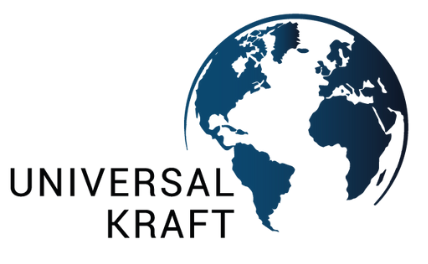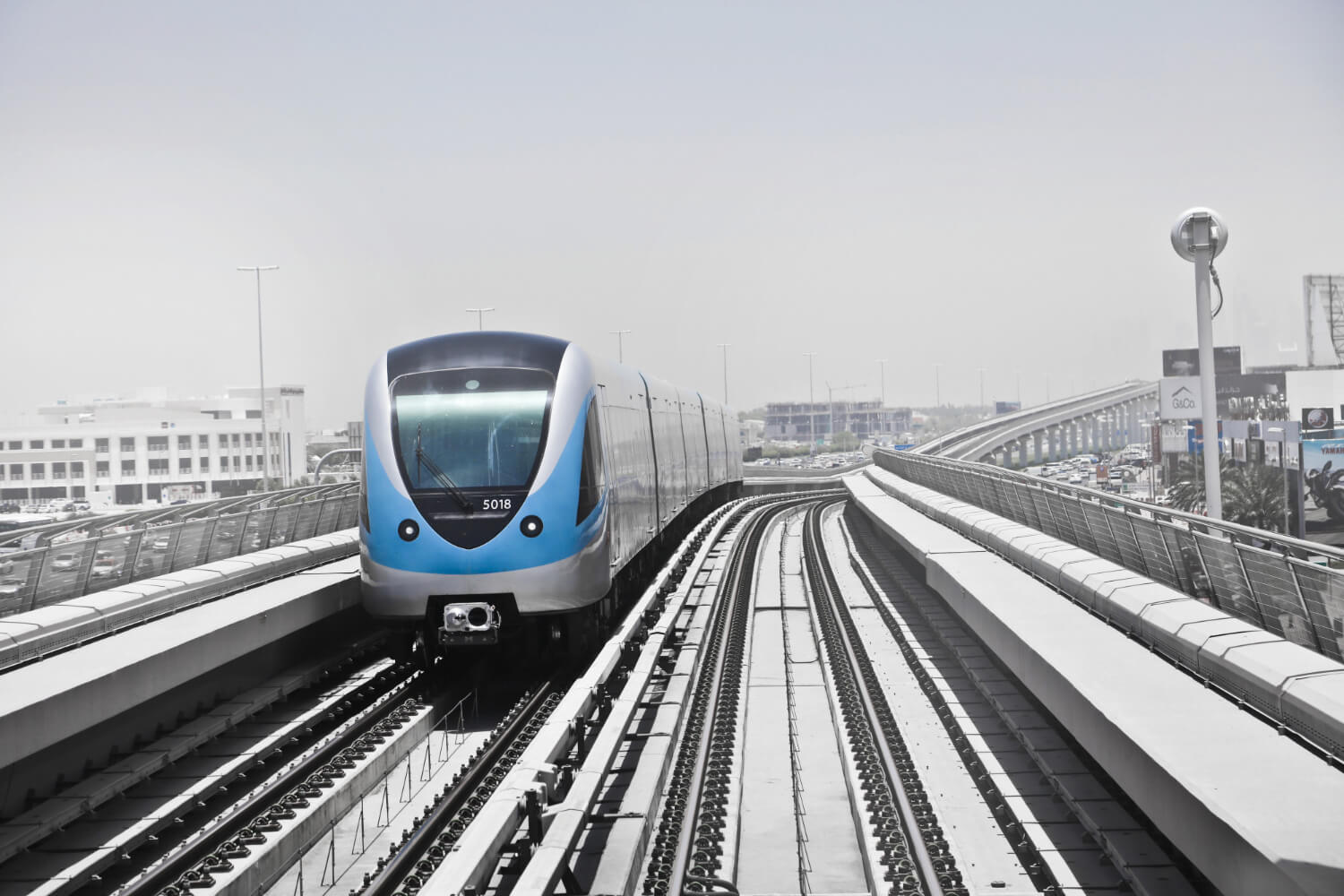
Hydrogen trains are now a reality. With the main goal to fight climate change, one state in Germany is rolling out a fleet of passenger trains powered entirely by hydrogen.
Five of these “zero-emissions” trains began running late last month in Lower Saxony, a state in the northern part of the country. Once all 14 of the new hydrogen trains are in service, the line will become the first route to run exclusively on H2, according to a statement from Alstom, the France-based company that developed the trains.
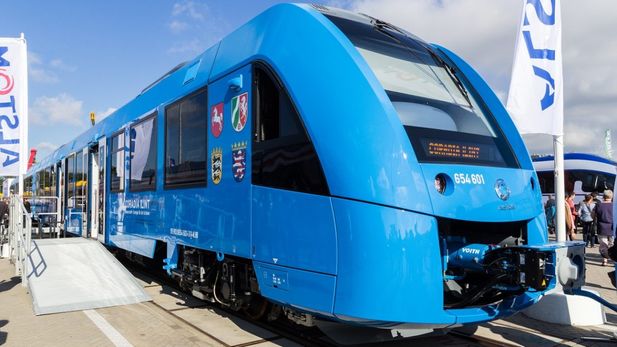
The cutting-edge trains, known as Coradia iLint, generate power by combining hydrogen and oxygen. Only steam and water are left as byproducts, and any heat produced is recovered and used to run the air conditioning systems on the trains.
It is anticipated that they will save 4,000 tons of carbon dioxide from entering the environment annually
The German government has been in favor of increasing the usage of H2 as part of its decarbonization plan and to reap further benefits from the replacement of fossil fuels. Lower Saxony’s €93 million project, according to state governor Stephan Weil, is a “excellent example” of decarbonizing the region.
The locomotives were manufactured by Alstom, a company from France. Moreover, they will be operated by LNVG, a regional rail company in Germany. They will serve Buxtehude, Bremervoerde, Bremerhaven and Cuxhaven.
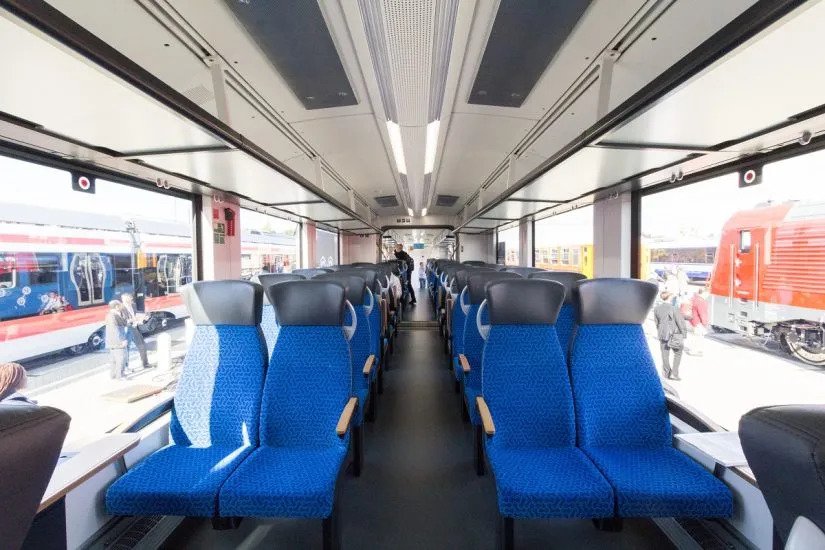
The new hydrogen trains, according to their developers, are silent and improve the quality of the air that passengers can breathe. Bruno Marguet, an Alstom executive, tells Adele Peters of Fast Company, “It’s less noisy.” “You don’t smell the diesel smoke when you’re in the station… there aren’t diesel emissions from [nitrogen oxides], which are harmful for health.”
With just one hydrogen tank, the hydrogen trains are capable of 1,000 kilometers of travel. Additionally, workers constructed a hydrogen filling station alongside the tracks where they will recharge as necessary. They can run at speeds of up to 140 km per hour, but they typically stay between 80 and 120 km per hour on this route.
In Germany, diesel-powered trains make up around 20% of all train trips. The nation eventually hopes to replace 2,500–3,000 of these trains with hydrogen-powered counterparts.
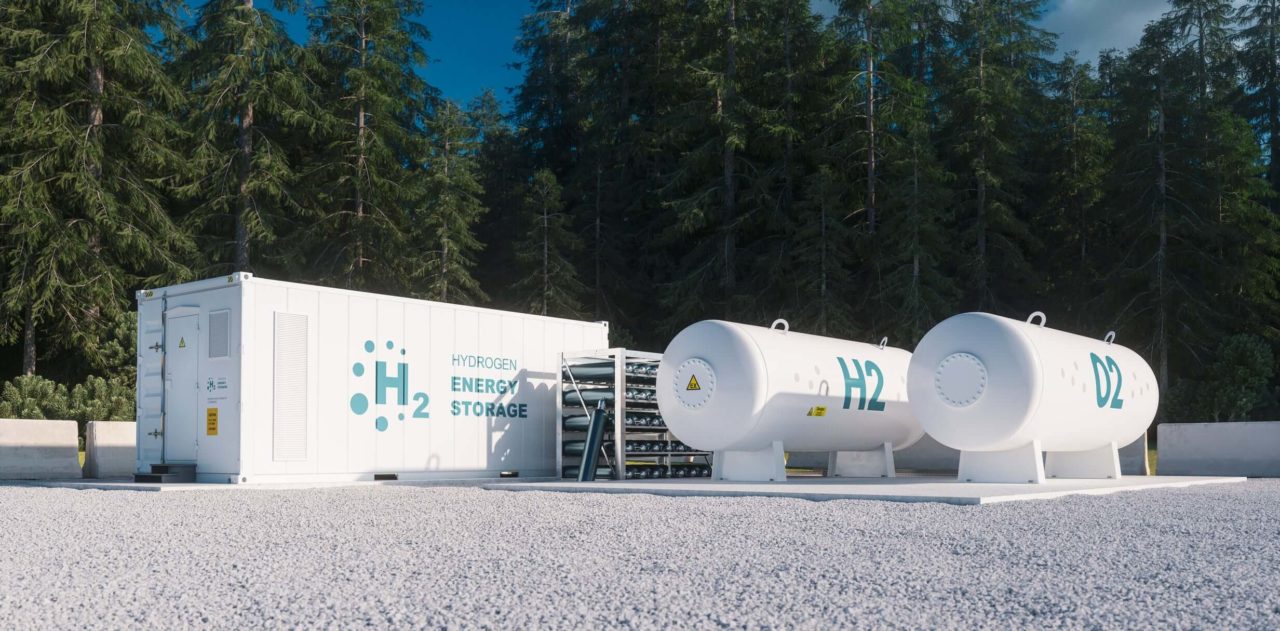
Hydrogen isn’t a fix-all, however. Hydrogen is the most plentiful element in the universe, but in order to create energy, it needs to be separated from other components. Natural gas and energy generated by fossil fuels are examples of non-renewable resources used in extraction; also, some of the hydrogen used to power Germany’s new trains is generated using fossil fuels.
Hydrogen has also been used for other types of transportation, such as cars and planes.

Universal Kraft together with Universal H2 work on green hydrogen solutions to optimize the decarbonization potential of renewables. Discover our solutions here.
